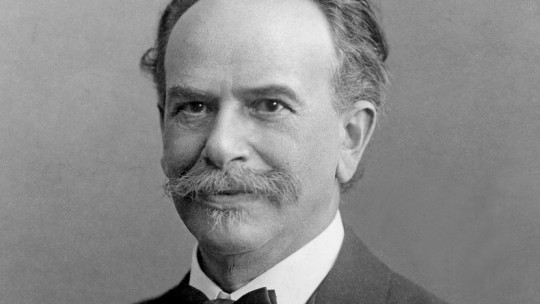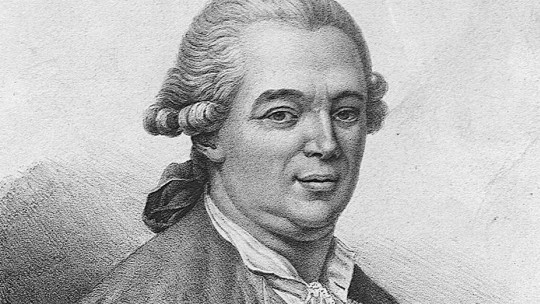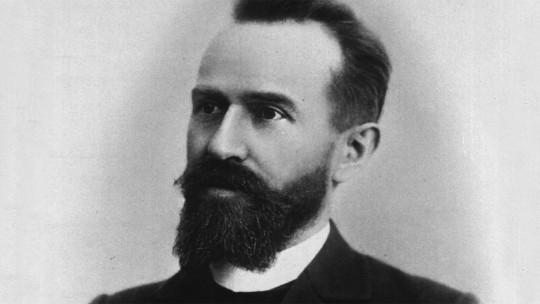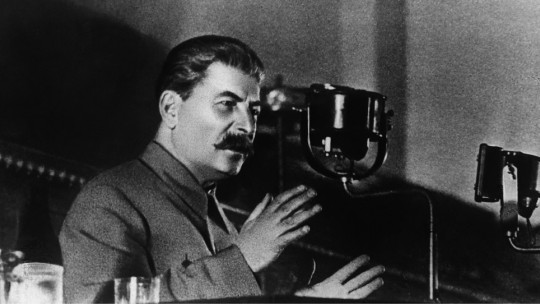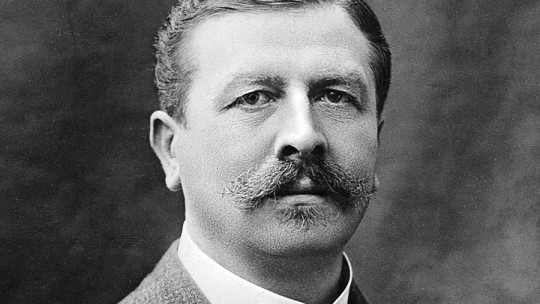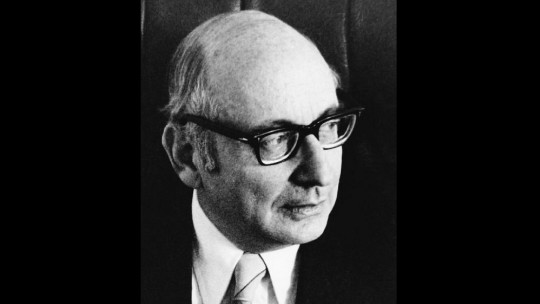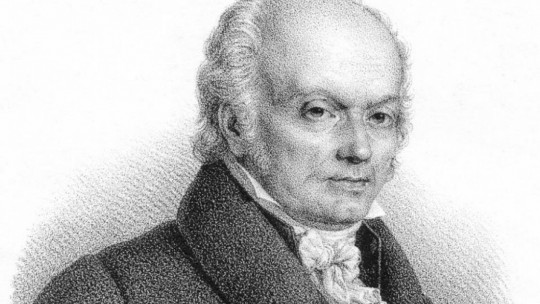
Franz Joseph Gall was the creator of phrenology, a pseudoscientific discipline that related the behavior and personality of individuals with the morphology of the different areas of their brain, and consequently also of the skull. Despite the unsoundness of his hypothesis, Gall is a key figure in the history of the anatomical study of the brain.
In this article we will review Gall’s biography, work and contributions. We will focus on the most relevant aspects regarding phrenology, a term that Gall himself opposed, considering that it distanced his proposals from the fields of anatomy and physiology.
Biography of Franz Joseph Gall
Franz Joseph Gall was born in Tiefenbronn, Germany in 1758. His parents were nobles of Lombard origin and fervent Catholics; Gall was the second of his twelve children, so they sought to have him become a priest. Nevertheless, he was more interested in human behavior and anatomy than religion, so he studied medicine in Strasbourg.
Gall moved to Vienna, Austria to finish his studies. There he was a student of two 18th century medical personalities: Maximilian Stoll and Johann Hermann. He specialized in neuroanatomy, although he paid greater attention to the brain than to the rest of the nervous system.
His first job was in a mental hospital, where he carried out observations on the inmates. Shortly afterward he opened his own clinic, also in the city of Vienna, and began to gain fame thanks to his writings and his lectures; this led to him being offered the position of chief physician to the Austrian court, which Gall declined.
In 1796 Gall began giving talks about his hypothesis that the size and shape of different areas of the brain can be determined by inspecting the skull, and that this information reveals personality and intellectual abilities. His collaborator Johann Gaspar Spurzheim gave the discipline the name “phrenology,” although Gall considered it neuroanatomy.
After working in Vienna, Gall also practiced in Berlin and Paris; he died in Montrouge, near the French capital, in 1828. Gall’s two fundamental works are titled “The functions of the brain and each of its parts” and “Anatomy and physiology of the nervous system in general and the brain in particular.” ”.
What was phrenology?
Broadly speaking, Franz Joseph Gall stated that Each brain area corresponds to a certain mental function and that the association between anatomy and behavior can be studied through the analysis of the shape of the part of the skull that covers one or other regions of the brain.
More particularly, the method of Gall and his followers consisted of examining irregularities, protuberances and indentations on the outside of the skull using their fingers, as well as instruments such as tape measures and the famous craniometer, a caliper created specifically to evaluate the morphology of the skull.
Phrenology was popular during the first half of the 19th century Gall’s ideas spread throughout Europe from their nucleus in Edinburgh, and from the old continent they reached America and Africa when they coincided in time with the colonization and conquest of these territories by European countries.
However, and despite the fact that Gall inspired a large number of disciples and theorists and that he continues to occasionally influence certain approaches today, the strong opposition of the scientific community to phrenology meant that this pseudoscience was discredited for about 40 years. years after Gall began to propagate his hypotheses.
The legacy of Franz Joseph Gall
Although it is undeniable that certain areas of the brain are decisive in some mental processes, such as the hippocampus and the consolidation of memories or the amygdala and emotional learning, today approaches similar to Gall’s are seen as a general rule. as reductionist and fundamentally erroneous.
However, Gall’s phrenology was an important step in the development of neuroanatomy because it solidified the idea of the localization of mental functions in specific areas of the brain Discoveries such as those of Broca and Wernicke on the brain regions associated with language roughly followed Gall’s line of research.
Currently, localizationist neuropsychological explanations have lost validity due to the increase in knowledge about the real functioning of brain pathways and the rise of the perspective of neural networks, both in neuroanatomy and in cognitivist psychology.
On the other hand, Gall’s neuroanatomical work favored the progress of dissection techniques because he contributed to the popularization of the method of separating brain fibers one by one instead of cutting arbitrarily shaped portions of tissue. He also inspired Cesare Lombroso’s disturbing hypotheses about the influence of anatomy on criminality.


